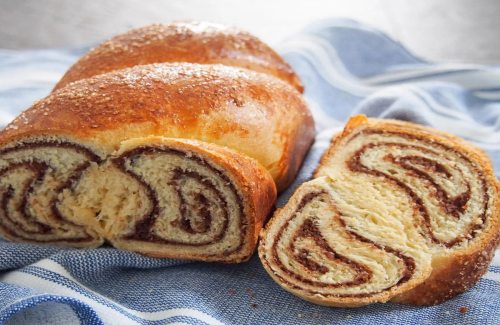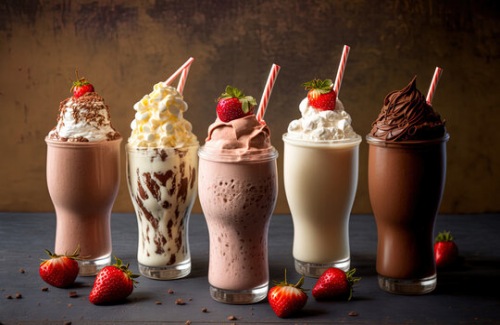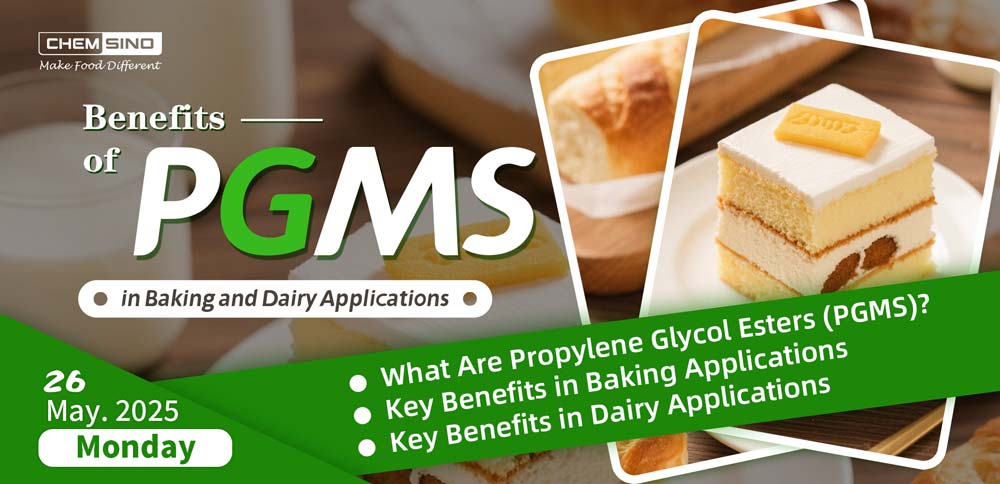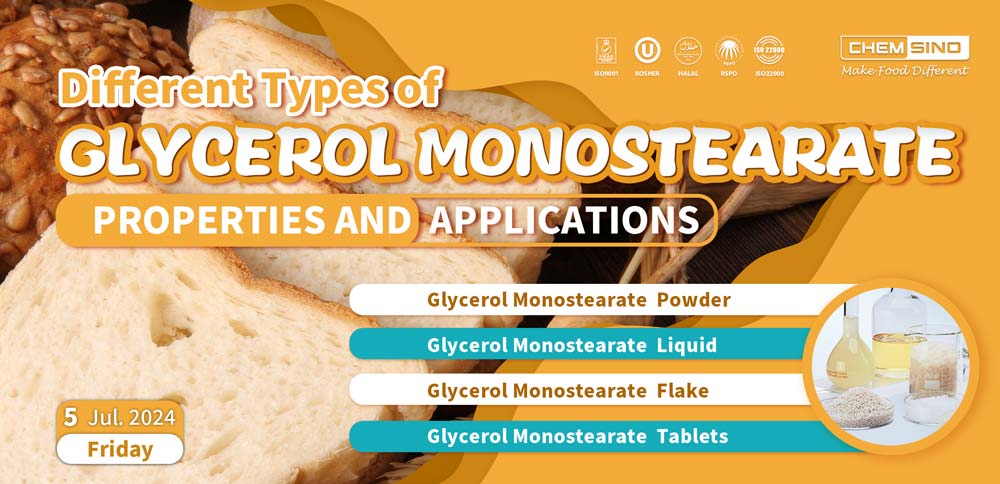Propylene glycol or monopropylene glycol is a versatile and widely-used ingredient in the food industry. It serves many important functions, enhancing food quality, extending shelf life, and improving texture. Despite its wide range of applications, the specific uses of propylene glycol (E1520) are not always widely understood. This article will explore the various roles that propylene glycol PG plays in food production, including its function as a humectant, solvent, stabilizer, and more. By understanding its various applications, we can make more informed decisions about incorporating this ingredient into their products.
What is Propylene Glycol?
Propylene glycol is a synthetic organic compound derived from petroleum sources. It is clear, odorless, and slightly viscous, making it ideal for various industrial and food production applications. The U.S. Food and Drug Administration (FDA) and the European Food Safety Authority (EFSA) have classified propylene glycol as Generally Recognized as Safe (GRAS) when used in regulated amounts for food and cosmetics. Because of its non-toxic and versatile properties, propylene glycol E1520 is commonly found in everything from processed foods to pharmaceuticals and cosmetics.
Uses of Propylene Glycol in Food Production
1. As a Humectant
One of the most significant uses of propylene glycol in food production is its role as a humectant. A humectant is a substance that helps retain moisture by attracting and holding onto water molecules from the environment. This ability is critical in food products that require a soft texture or a longer shelf life. Propylene glycol prevents food from drying out and becoming hard or stale, ensuring a moist and fresh product even after extended periods of storage.
Examples:
Soft cookies
Pre-packaged bread
Cakes and pastries
Candies and marshmallows

2. As a solvent
Propylene glycol is an effective solvent, allowing it to dissolve various ingredients that might not otherwise blend well in food formulations. In particular, it helps dissolve flavorings, food colorings, and preservatives, ensuring they are evenly distributed throughout the product. This property makes propylene glycol a key ingredient in the creation of uniform flavors and appearances in processed foods and beverages.
Examples:
Flavored beverages
Food colorings
Liquid flavorings and extracts
Pre-packaged sauces
3. As a Carrier for Flavors and Additives
Due to its ability to dissolve and stabilize ingredients, propylene glycol is often used as a carrier for flavors, colors, and other food additives. It helps ensure that these additives are evenly distributed throughout the product, resulting in consistent flavor and quality. In this role, propylene glycol is commonly found in products like flavored drinks, processed foods, and baked goods.
Examples:
Soft drinks
Fruit-flavored candies
Ice cream
Processed snack

4. As an Emulsifier
Propylene glycol also acts as an emulsifier, a substance that helps keep oil and water mixed together in a stable emulsion. Without an emulsifier, oil and water-based ingredients tend to separate over time, leading to inconsistent textures and appearances in food products. By using propylene glycol, manufacturers can maintain the consistency of products like sauces, dressings, and creams, improving their shelf life and ensuring a smooth, homogeneous product.
Examples:
Salad dressings
Sauces and gravies
Cream-based foods
Non-dairy creamers
5. As a stabilizer
Propylene glycol (E1520) is frequently used as a stabilizer and thickener in food formulations. This helps food manufacturers control the viscosity and consistency of their products, ensuring that they maintain the desired texture over time. It is particularly useful in dairy products, frozen desserts, and sauces that require a smooth and consistent texture.
Examples:
Ice cream and frozen desserts
Yogurt
Cheese spreads
Sauces
Safety of Propylene Glycol in Food
Propylene glycol is considered safe for consumption in food products when used within regulatory limits. Both the FDA and EFSA have evaluated propylene glycol and classified it as "Generally Recognized as Safe" (GRAS) for use in food applications. In most cases, propylene glycol is used in small quantities, and its presence in food is unlikely to pose any health risks for the general population.
Propylene glycol is metabolized differently from its chemical cousin, ethylene glycol (commonly found in antifreeze), and is considered non-toxic in the quantities typically used in food. Still, as with all additives, manufacturers must ensure they adhere to proper usage guidelines to ensure consumer safety.
Final Thoughts
Propylene glycol E1520 plays an essential role in the food industry, offering a wide range of functions that help improve the quality and longevity of food products. From preserving moisture in baked goods to acting as a solvent and stabilizer in beverages and frozen desserts, its versatility makes it a key ingredient in many food formulations. For food manufacturers, mnopropylene glycol provides reliable functionality, helping to improve texture, shelf life, and consistency in their products.










